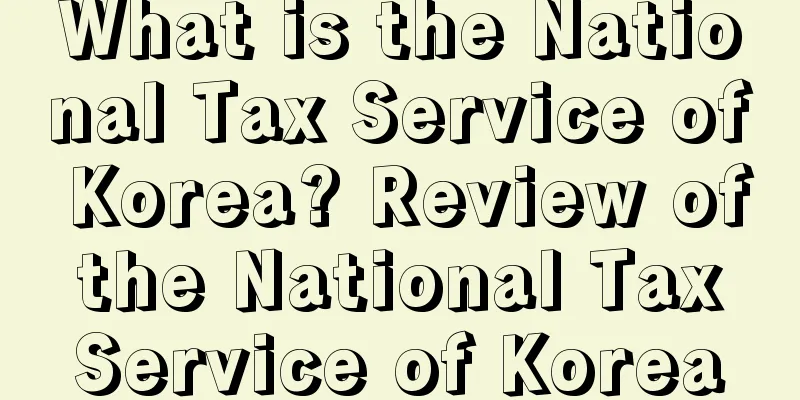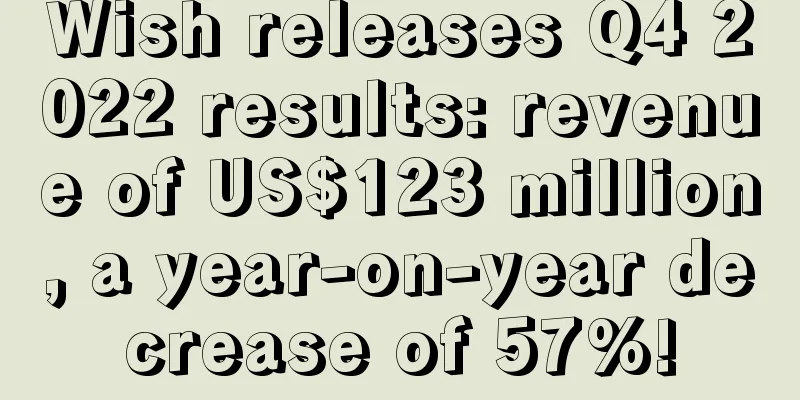What is the National Tax Service of Korea? Review of the National Tax Service of Korea

|
The National Tax Service (NTS) is the central administrative agency responsible for the collection, exemption and collection of domestic taxes in the Republic of Korea. It was reorganized from the Ministry of Finance on February 28, 1966 and is located at 8-14, National Tax Service Road, Sejong Special Self-Governing City. The director of the office is a deputy ministerial-level government official, and the deputy director is a senior civil servant of the Class A level. Established on February 28, 1966 Website : http://www.nts.go.kr/ Responsibilities
history When the Korean government was established, national tax affairs were under the jurisdiction of the Taxation Bureau of the Ministry of Finance of the Republic of Korea, which succeeded the Taxation Bureau of the Ministry of Finance of the United States Army Headquarters Military Government of the Republic of Korea. On March 10, 1948, the Civilian Taxation Bureau of the Military and Political Affairs Department was reorganized, and the taxation bureaus that were then under the jurisdiction of the provincial finance bureaus were transferred to its subordinate agencies. The Tax Collection and Administration Office, Direct Tax Office, Taxation Office and Inspection Office were set up as subordinate agencies. After liberation, it was a period of poverty caused by the Korean War, and effective taxation was more important than anything else. However, corruption was also serious. The richer the rich, the greater the amount and relative proportion of arrears, so in 1965, a plan to separate the private tax bureau into the National Tax Bureau was discussed. Kim Sung-gon, chairman of the National Assembly's Finance and Economics Committee, said, "I think it is necessary to take fundamental measures to fundamentally improve tax policies and prevent corruption among tax officials," said the National Tax Service. There is also resistance. The Ministry of Finance directly refuted this, saying that even without restructuring the tax system, it is possible to reform tax collection and management, improve treatment, increase tax cadres, and strengthen tax audits. There is also a question of whether this method, which requires an additional 300 people and an annual budget of 60 million won, is the best way to rationalize tax management. Finance Minister Suh Bong-gyun also indirectly criticized it, saying that it is necessary from a long-term perspective such as tax fairness and tax system rationalization, but it is difficult to achieve great results immediately. He also objected that there is a contradiction in the roles of tax makers and tax implementers at the same time, and the separation of planning and execution may hinder work. However, after the passage of the Government Organization Act, it was decided to make the Sasa Bureau independent as the National Tax Agency, an external agency of the Ministry of Finance. After receiving the transfer of related duties such as taxation, direct taxes, and private taxes from the previous affairs of the Saskatchewan Tax Agency, the remaining tax division was expanded to the Taxation Bureau, implementing the separation of policy and execution, and ultimately for the purpose of increasing tax revenue. However, it was criticized for weakening the power of the front-line tax authorities by centralizing all powers from personnel to the disposal of state-owned property. The central government's control over personnel power at the chief executive level was criticized, and the newly stipulated disposal of public property was 2 million won, which was significantly lower than the previous standard of 10 million won. The establishment of the National Taxation Agency was not the first time that the Park Chung-hee administration discussed this. The Syng-man Rhee administration had considered abolishing the Edo local private tax offices and establishing a central tax office to directly supervise the frontline tax offices, and the Myeong-sun Cabinet had also discussed similar matters. During the Park Chung-hee administration, the corruption of tax officials was only a catalyst, and the National Taxation Agency was established in order to increase tax revenue to promote economic development. On the other hand, the Tax Public Officials Act, which was enacted for the fairness of personnel management and human resource training, was rejected. This was followed by the revision of the Public Officials Appointment Ordinance and the Public Officials Appointment Examination Ordinance, which separated the tax series of level 4 and below from the administrative series, recruiting tax officials separately... By the time it was closed in 2001, the Taxation College had produced about 5,100 graduates, of whom 3,400 worked in the National Tax Service. However, the relationship between seniors and juniors within the university also led to the organization of the National Tax Service, which had a side effect. Therefore, the Kim Dae-jung government decided to close the school in 2001 because general universities also established tax departments, so there was no need to train tax experts with the government budget. The former site of the Taxation College was taken over by the National Tax Service Cadre Training Center and used as a government building. In January 1971, he began to use computers for statistics, and the following year he introduced and actively used computers to scientifically manage tax collection. In December 1975, he established a computer center to computerize all tax data. Based on this, he announced a plan to implement a five-year computerization business plan by 1980, realizing the computerization of tax management ledgers, tax statistics, and even bill production. In January 1997, the National Tax Integration System (TIS) began to operate. This made it possible to query tax-related civil complaint files on computers.
References |
<<: What is Intellectual Property Pledge? Intellectual Property Pledge Review
Recommend
What is Kuaituo International Browser? Kuaituo International Browser Review
Kuaituo is a cross-border service tool product of ...
Revealed! The first batch of sellers settled in SHEIN are quietly making a fortune
On May 6, SHEIN officially announced the launch of...
What is Ingenico? Ingenico Review
Ingenico is a French company that provides secure ...
Starting from October, Amazon will crack down on "repeat violations" policy, and accounts may be warned and deactivated!
💡 At the end of October, Amazon will upgrade its “...
What is supergreat? Supergreat Review
Supergreat is an American beauty community app tha...
What is Trendosaur? Trendosaur Review
Trendosaur is a product trend analysis tool that p...
It’s all tricks! Summary of Amazon’s daily operation skills
This article mainly shares some sales skills and ...
What are Outlet Deals? Outlet Deals Review
Outlet Deals is a free clearance promotion launche...
Poshmark's first quarter revenue was $90.9 million! GMV increased by 12% year-on-year!
<span data-shimo-docs="[[20,"获悉,据外媒报道,近日美国...
Amazon’s new policy! You can no longer use FBA from July 1st?
As Amazon's one-stop sales and delivery servic...
What is bikesxpress? bikesxpress review
BikesXpress is a family-owned and operated busines...
What is AdSeeData? AdSeeData Review
AdSeeData is a data platform focusing on global ad...
Snowstorm warning! Ports are severely congested, and logistics conditions are getting worse!
Yesterday, the editor saw many sellers showing off...
What is Dalong.com? Dalong.com Review
Dalong.com was founded in March 2010. It is one of...
Splitting and merging variants of VINE reviews causes violations. Let’s talk about the precautions for merging variants on Amazon
Recently, some Amazon sellers have been banned fo...









